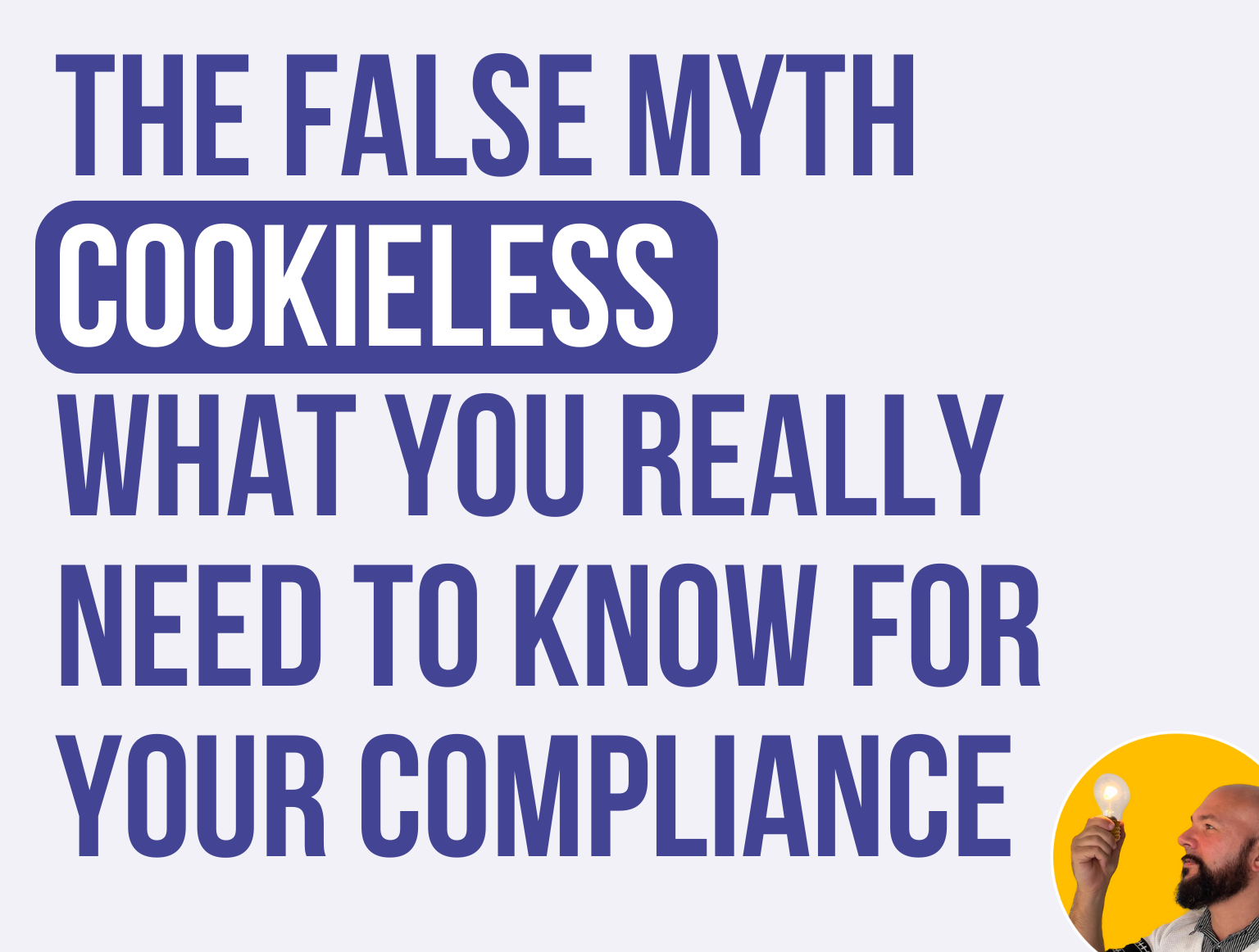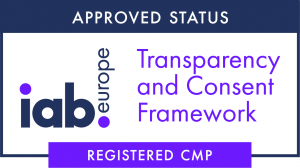
In recent years, the term ‘cookieless’ has gained increasing popularity in the world of digital marketing and online privacy. Companies and industry experts have started talking about a cookie-free future, promoting new technologies apparently designed to protect user privacy.
However, this approach risks being a false myth, misleading with respect to the real issue at the centre of the debate: it is not the type of storage technology that is the problem, but user consent.
The Fallacy of ‘Cookieless’ as a Privacy Solution
Cookies have long been at the centre of concerns about online privacy. These small files, stored on the user's device, make it possible to track and store information relating to web browsing.
With increasing awareness of data tracking practices and the introduction of stricter regulations, the term ‘cookieless’ began to seem like a panacea.
The idea of a cookie-free future promised a safer and less invasive online experience, where user data would be less exposed to tracking practices.
However, this concept is often misunderstood.
Cookieless technologies do not really eliminate tracking; rather, they replace it with other methods.
Tools such as fingerprinting-based tracking, tracking via unique device identifiers and server-side monitoring are emerging as alternatives.
These systems, while being presented as ‘more ethical’ solutions, can be just as invasive and difficult to manage from a privacy perspective, raising the same concerns as traditional cookies.
Another critical element is the centralisation of power in the hands of a few large technology companies. With the increasingly likely elimination of third-party cookies, platforms such as Google and Meta, which have an enormous amount of first-party data, could strengthen their dominance, making it more difficult for smaller companies to access information useful for effective advertising strategies.
The Profound Transformation of Tracking Technologies
The transition to cookieless technologies does not automatically mean an improvement in user privacy. On the contrary, these new technologies can be even more efficient at tracking and collecting personal data.
For example, browser fingerprinting creates a unique identity based on the characteristics of the device and browser settings, making anonymous browsing almost impossible. Unlike cookies, which can be deleted by users or blocked through browser settings, fingerprinting is much more difficult to circumvent.

Another system that is gaining ground is tracking by cohorts, as proposed by Google with its Privacy Sandbox initiative and Topics API. This method segments users into groups based on interests, rather than tracking them individually.
Although it represents an attempt to balance advertising targeting and privacy, critics argue that it could still allow forms of tracking and profiling, albeit in a more aggregated way.
The elimination of third-party cookies is therefore leading to a structural change in the advertising sector, with many companies looking for alternatives such as server-side tracking, which moves data collection from browsers to company servers, making the process less visible to users and less regulatable by privacy regulations.
Circumventing the privacy problem by using sophisticated methods instead of cookies creates a false sense of security. Users may believe that because cookies are no longer used, their data is less exposed. However, in reality, they may still be spied on and monitored, only with different, more effective techniques.
Preventive Blocking: The Only Way to Guarantee Real Consent
The real protection of user privacy is not based on alternative technologies or on the simple elimination of third-party cookies, but on a fundamental principle: user data must not be collected without clear authorisation.
Regulations such as the GDPR require that consent be informed, freely given and revocable at any time. However, in practice, many companies try to circumvent these rules through deceptive interfaces or techniques that make tracking seem unavoidable.
Some even argue that with cookieless, users can be tracked without consent, using more complex and less visible mechanisms. This approach not only goes against the spirit of privacy laws, but also undermines users' trust in the digital system.

To guarantee true respect for privacy, there is only one solution: preventive blocking. My Agile Privacy, through its rigorous controls, prevents the installation of trackers before the user has given their consent. This means that no data is collected or sent to third parties until the user has consciously chosen to accept tracking. It doesn't matter if you use cookies, fingerprinting or other systems: without consent, tracking does not take place.
Relying on My Agile Privacy means adopting a solution that doesn't just comply with the law, but applies it in its most authentic form, putting transparency and user control at the centre. If you want to guarantee truly ethical and compliant data management, without tricks or shortcuts, choose My Agile Privacy.
The privacy of your users is not an option.










